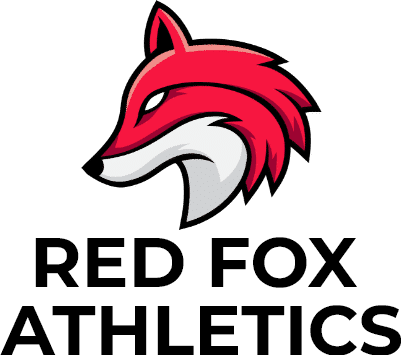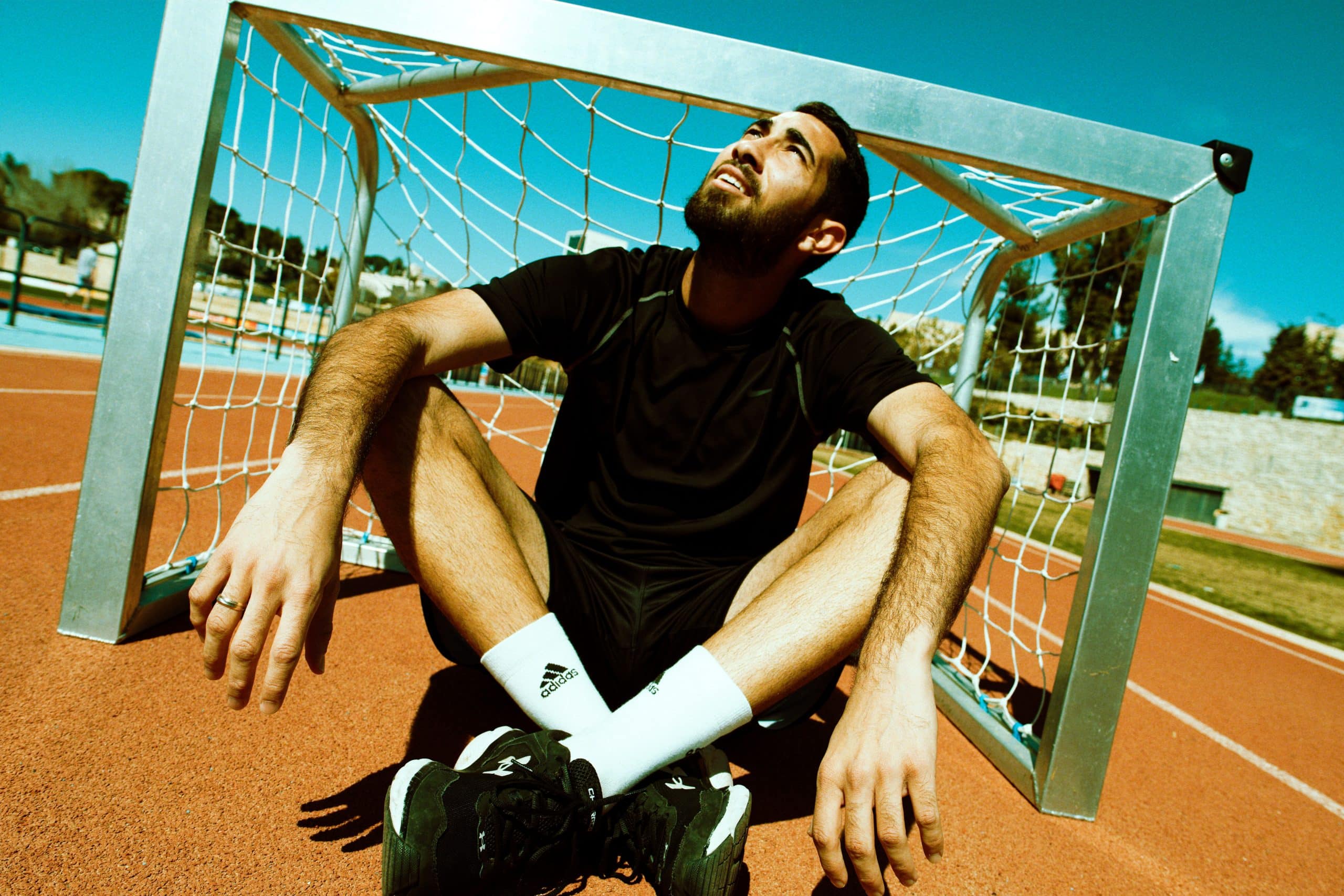Those of us who are veterans in the field of performance development have, over the years, encountered many schools of thought, trends, methods, and sciences throughout their studies until they developed their unique training style.
Each year, the training information flow can be divided into several boxes:
Trends for Quick Implementation of Athletic Capacity Development – Delivered mainly in the form of social media for rapid consumption and application. Here you’ll find all the quick tricks, interesting exercises, and other easily digestible principles. Due to the nature of social media, this information must be “kosher” to be successful, as its purpose is to attract followers from the field to that platform. Typically, this information will be in the form of a “reminder from the past” or in a creative and original form.
New Scientific Studies and Principles – As the science of kinesiology advances continually, with more and more students enrolling each year in various physiology degrees, the volume of theses and works on athletic capacity development also increases. This includes a new dietary supplement supposed to improve strength and speed, a new training method expected to regulate training loads better, a new gadget intended to assist in monitoring the training process, etc.
Books, Articles, and Films by Coaches from the Field – These individuals have chosen to contribute their personal experiences to the industry. Here you can find more intimate information about each group/coach, comprehensive training philosophies, and the application of principles according to the values of the respective coach.
Capacity Development Apps – Aimed at bringing the availability and convenience of the smartphone as a substitute for personal or group training – a trend that gained momentum especially during COVID-19, with thousands of athletes purchasing interactive training programs in the form of an app with instructional videos, built-in progress journals, and chat with a coach.
Courses and Conferences on Athletic Capacity Development – Typically intended to integrate all four of the above factors by professionals in the relevant field, tailored to the target audience of the course.

It is an established fact that all the above information streams are positive and contribute to the industry, whether in the form of “do’s” due to their quality or in the form of “don’ts” due to their low level – this is beneficial to all, coaches and trainees alike.
However, in the fitness field, as in psychology, medicine, or even hard sciences like engineering – it is impossible to use all ideas and methods simultaneously; this leads to the creation of a value hierarchy for the consumer, often accompanied by confusion and significant discomfort.
For instance, a coach has just finished a university lecture on power output in complex exercises in the gym, where a study proved that training with 90% of the maximum weight for 3 repetitions led to the fastest strength gain.
The next day, the same coach went to watch a training session of Asafa Powell, an Olympic 100-meter sprinter, where Asafa performed lunges for 10 repetitions, completely contrary to the specific research supported by electronic measurements.
A week later, the coach is now training a young beginner, 17.5 years old, who, even during the warm-up, shows several movement restrictions preventing him from performing acceptable-level squats at this stage.
Less than a week has passed from the end of the lecture to the encounter with the young trainee, and the coach has already faced three contradictions from different information sources, all credible in their own way. So, who is lying?
The answer is that no one is lying; rather, each information provider contributes to the industry from their own perspective – and it is up to the coach exposed to all this information, as we said, to build a personal value hierarchy that prioritizes certain information sources according to their overall view and life experience. Being exposed to everything in this case does not necessarily mean implementing everything – or at least not implementing everything immediately.
Indeed, the famous cliché that the ultimate professional never really finishes their studies is true – but not from the pursuit of the next secret – rather from the continuous acquisition of more tools that allow them to tackle different kinds of “athletic screws” without ruining their thread.
The Sun as Foundation, Planets as Progress
When one has been curiously present in the fitness industry for many years, patterns of athletic fundamentals mixed with continuous progress start to emerge, swirling around each other in an astronomical dance.
These two paths of knowledge are not separate but are in constant conversation, though not of equal value. If we compare the “athletic fundamental” to the solar system, it would be the sun. The fundamental would be the one determining the orbits of the other planets, and in this case, we can say that “progress” is the Earth.
It takes Earth 365 days to complete one orbit around the sun, and if we parallel this to our topic, we could say that it takes “progress” a lot of movement and time to “influence” the fundamental, the sun, so only progress that has undergone a process of self-training and from its users can write information to the fundamental.
The question arises, how do we distinguish between what is a fundamental and what is progress when it comes to developing athletic abilities?
There are several answers to this – the academic answer and the coach’s answer, and both are correct.
The academic will say that the athletic fundamental is the information that has been cited the most times in research or alternatively corroborated the most times in various ways – something that proves the validity of that piece of information.
The coach will say that the athletic fundamental is that piece of information that has been in continuous and intensive use, bringing measurable results to his trainees and himself over several years, usually over 10 years.
On the same note, what is progress for each of them then? Again, the academic will say that athletic progress is a piece of information that has been proven to have potential but is still not backed by additional research or is not widely used by coaches in the field. The coach will say that progress is an improvisation he made in one of the training sessions to solve a specific problem for which he previously had no tool, and through progress and the ability to innovate, found a solution.

The desired process in educational filtering, therefore, is to build a well-rounded and substantial portfolio of fundamental principles, whether from academics or favored coaches. From this foundation, you can sift through advancements as you would rummage through a box of used CDs from the 90s—most will be trash, but the minority has the potential to penetrate the fundamental core. As it is said, “Know where you came from and where you are going,” meaning the complete path also includes a component of collective wisdom from the past, not just random jumps between disciplines in the internet age.
Indeed, every solid foundation must have a small backdoor that allows “progress” to penetrate if it has proven itself worthy and passed the test of results and time. Because, just as we need to know where we came from (the foundation), we also need to know where we are going (progress).
That small backdoor is also dangerous, as harmful information might also penetrate, often disguising itself in a very tempting way to appear worthy of entry. However, the hope is that with the perspective discussed above, you will be able to better sift through the information surging like a massive tsunami towards the future.



